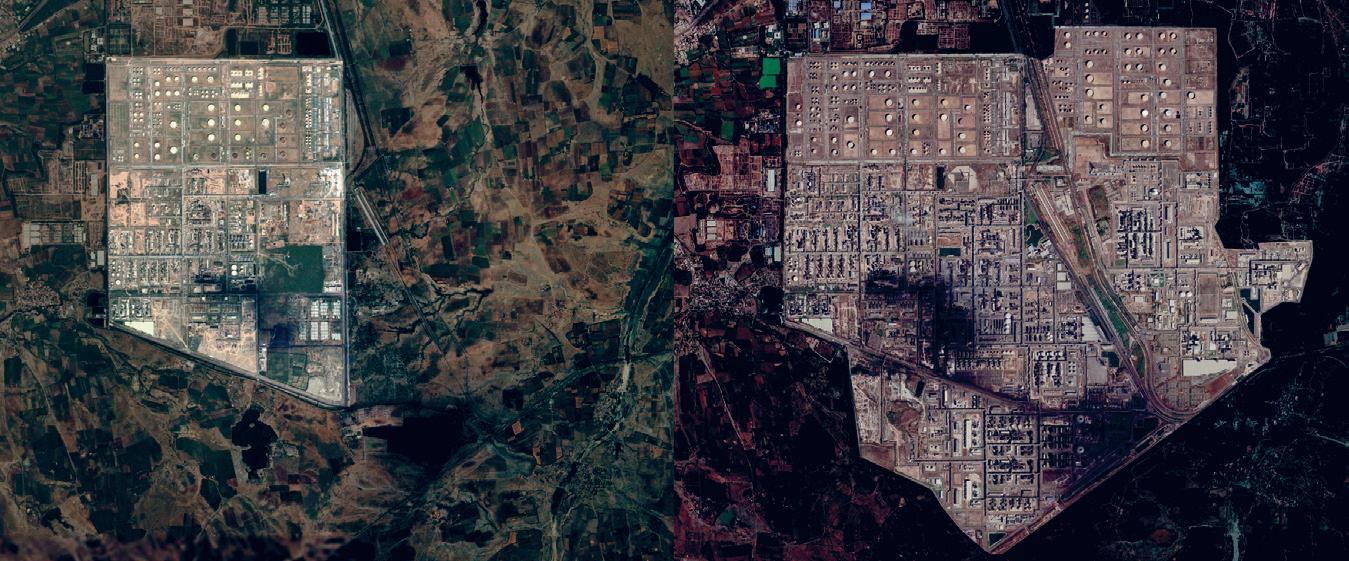
8 minute read
ASIA – FROM BIG TO BIGGER
2005
magery ©2021 Maxar Technologies, Terrametrics, Map data ©2021 SIO, NOAA, U.S. Navy, NGA and GEBCOImagery ©2021 Maxar Technologies, Terrametrics, Map data ©2021 SIO, NOAA, U.S. Navy, NGA and GEBCO
Advertisement
2021
JAMNAGAR, INDIA. facility expanded to become the largest cracker in the world
Oil Refinery Ethylene Cracker Oil pipeline Gas pipeline National Borders Oil/Gas Field Water
ASIA
FROM BIG TO BIGGER
Northeast Asia has been the largest producer and consumer of ethylene in recent years – accounting for 27% of global capacity and around 29% of global demand in 2020. Industry experts predict that the region’s ethylene output will continue to increase rapidly and that capacity additions in the region will total around 28 million metric tons in the period from 2020 to 2025.271
This growth is predicted to be led by mainland China, which is expected to have eight ethylene crackers become operational in 2021. This expansion will raise China’s effective ethylene capacity to 39.8 million metric tons per year by the end of the year – a 23% increase from 2020.272 It follows the startup of six new ethylene crackers in 2020, which is calculated to have taken effective ethylene capacity to 32.2 million metric tons per year by the end of that year, up by 21% from 2019.273
This Chinese capacity growth has been partly driven by several joint ventures (JVs) and collaborations with global fossil fuel and petrochemical majors. For instance, China’s statecontrolled Sinopec Engineering has reportedly signed an engineering and construction contract with ExxonMobil for the latter’s planned Huizhou petrochemical complex in Guangdong Province. Early construction work for the complex, which will include a 1.6 million metric tons per year flexiblefeed steam cracker and downstream polyethylene and polypropylene plants, began in April 2020, with startup planned for 2023. In what is unusual for a nonChinese company, ExxonMobil will own 100% of the project.274 International companies involved in JVs in China include ExxonMobil itself (also with Sinopec),275 BASF,276 Shell277 and SABIC.278
While naphtha remains by far the most widely used feedstock in Northeast Asia, much of China’s ethylene capacity growth in the years since 2012 has been based on coal-to-olefin and methanol-to-olefin plants because of the cost advantages that they offered at a time of high oil prices.279 However, with pressure on new coal-to-olefin projects due to climate and other environmental impacts, recent years have seen growing interest in importing U.S. ethane as a feedstock, with several new ethane crackers.
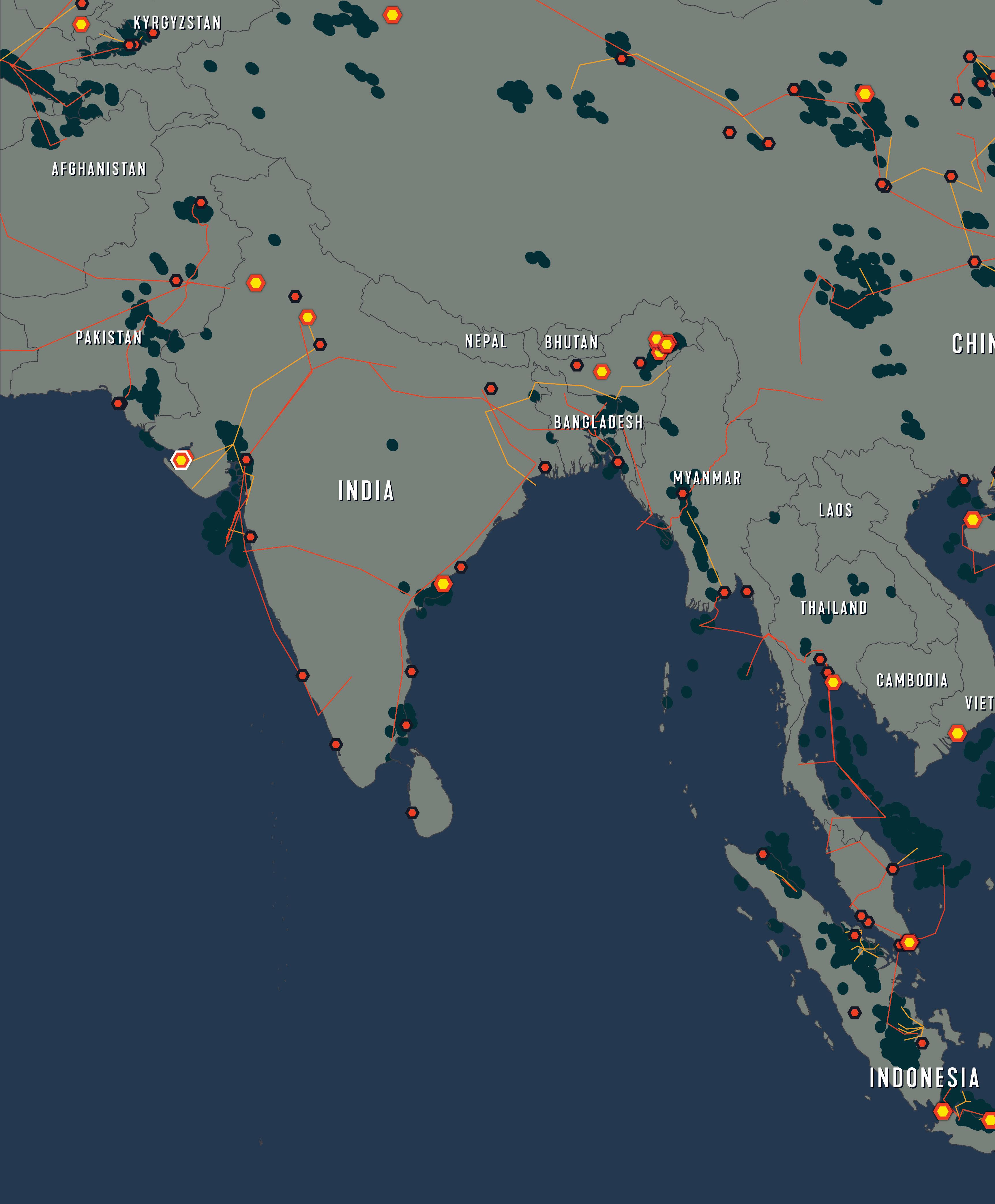
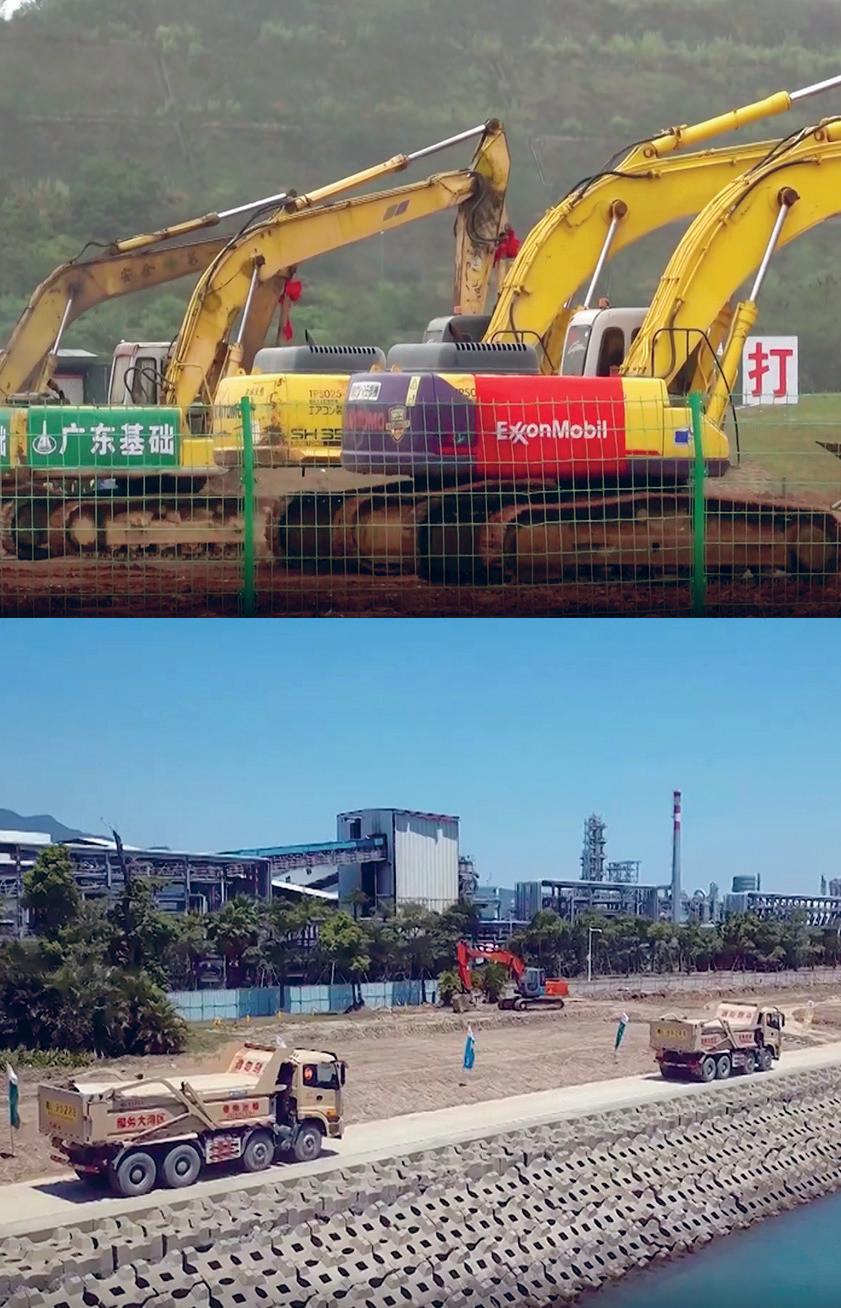
DARREN WOODS, CEO EXXONMOBIL
beSouth Korea is also predicted to be a leader in the construction of new crackers,280 with three such facilities expected to be completed in 2021. GS Caltex is building a mixed-feed cracker with capacity to produce 700,000 metric tons per year of ethylene and 350,000 metric tons per year of propylene. It is expected to be fully operational sometime in 2021 and will have an integrated 500,000 metric tons per year of polyethylene capacity.281 Korean petrochemical firm LG Chem’s second cracker at Yeosu began operating in June 2021 after a technical issue forced the new plant to shut down for several days. The cracker is intended to have 800,000 metric tons per year of ethylene capacity and 800,000 metric tons per year of fully integrated polyethylene capacity.282 Hyundai Oilbank and Lotte Chemical are involved in a joint venture in Daesan which includes building a steam cracker and downstream units capable of producing 850,000 metric tons per year of polyethylene and 500,000 metric tons per year of polypropylene. It is expected to be operational by the end of 2021.283
India is also a potential focus for expansion, with the government having recently announced a raft of new petrochemical projects. Around 11 projects worth about $17 billion are scheduled to be completed by 2024, and new projects under consideration are worth a potential total of $87 billion. These include Nayara Energy’s proposed $20 billion complex at Vadinar in Gujarat, which as reported may include a cracker and downstream units for polypropylene and polyethylene. There are also proposals to invest an additional $10 billion in expanding production of polypropylene, polyethylene and PVC at the already vast Reliance Industries-owned Jamnagar site in Gujarat.284 These proposals are part of plans to more than double the megacomplex’s conversion of crude to chemicals to 35%, at the expense of fuel production.285
Ethylene production capacity in Southeast Asia has increased by 43% in the last 10 years, with growth driven both by increasing regional demand for ethylene and derivatives and by the region’s proximity to the Chinese market.286 Large olefins and derivatives complexes have been constructed in Singapore, Thailand and Malaysia in the last decade,287 and new capacity is planned for the coming years in Indonesia,288 Vietnam289 and Brunei.290
In Thailand, after many delays petrochemical producer PTT Global Chemical (PTTGC) is reported to have started commercial operation of its fifth cracker at Map Ta Phut – a naphtha cracker with the capacity to produce 500,000 metric tons per year of ethylene and 260,000 metric tons per year of propylene – in March 2021.291
In 2019 Malaysia’s stateowned Petronas started up a 1.29 million metric tons per year cracker complex at Pengerang in a JV with Saudi Aramco. However, production has twice been halted by explosions and is not set to resume until the fourth quarter of 2021.292
In Indonesia, a JV between Russia’s Rosneft and state-owned PT Pertamina (known as PT Pertamina Rosneft Pengolahan dan Petrokimia or PRPP) is developing an integrated refinery and petrochemical complex at Tuban, one of several new facilities planned for the island of Java. Scheduled to be completed by 2025, it reportedly aims to produce 1.2 million metric tons per year of polypropylene products, 1.3 million metric tons per year of paraxylene and 650 metric tons per year of polyethylene.293
These are just a few examples of the many expansion projects currently under way or planned around the world — more of which are detailed on the global map.
HIDDEN EMISSIONS, OBVIOUS IMPACTS
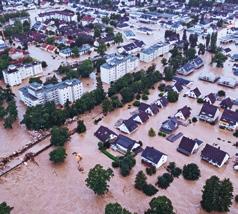
B C
D

A

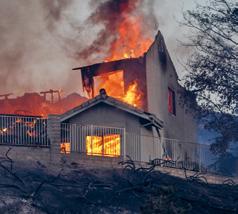
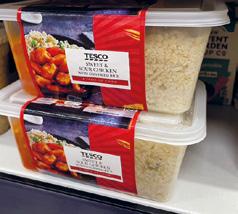
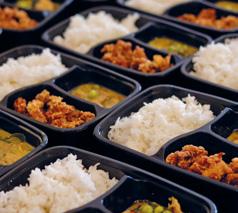
L
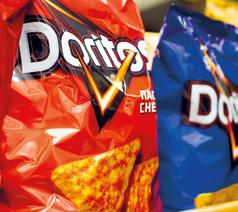
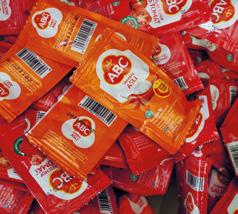

K M
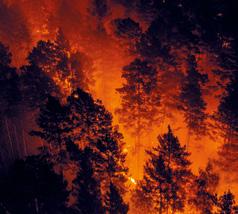

R N
1 TON OF PLASTIC = 5 TONS C02e
Q O
P E
F
G

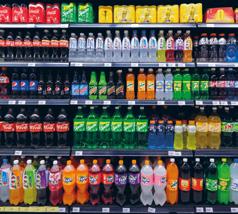
J H
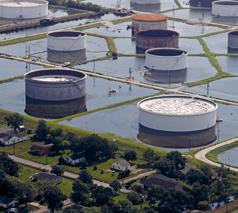
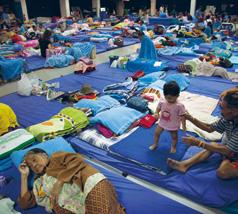
I
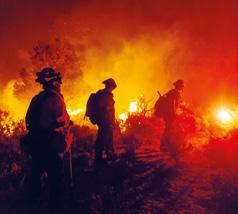
Whether new 'virgin' plastic or partrecycled, plastic production causes huge emissions of C02e, invisible to consumers. However, the impacts on the climate become more obvious daily.
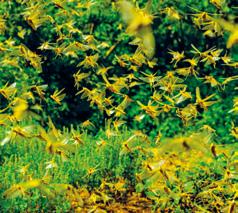
A 22 April 2020. Biebrza National Park, Poland, firecrews fight its largest fire in the history of the park, caused by drought.
© Rafal Wojczal Greenpeace B 17 July 2021. Nordrhein-Westfalen, Germany. Extremely heavy rain causing widespread damage. © Bernd Lauter / Greenpeace C 15 July 2021, Bad Neuenahr, Germany. Flooding streets, destroyed houses and infrastructure. © Dominik Ketz / Greenpeace D 15 Nov, 2020, Rodriguez, Philippines. Aftermath of Typhoon
Vamco residents queue to receive relief materials.
© Basilio H. Sepe / Greenpeace E 24 October 2019, California USA, a house burns during the
Tick Fire. © David McNew / Greenpeace F 17 July 2020, Siberia, Russia. Forest fires in the Tiaga. © Julia G 4 September 2017, Port Arthur, Texas, Homes next to flooded
oil storage tanks. © Aaron Sprecher / Greenpeace H 5 November 2011, Bangkok, Thailand. People sleeping at the evacuation center after the worst flooding in 50 years.
© Athit Perawongmetha / Greenpeace I 7 February 2020, Mwingi, Kitui County, Kenya. The largest locust invasion in 70 years caused by severe droughts and floods creating favourable breeding conditions.
© Greenpeace / Paul Basweti J 20 September 2020, California. Firefighters at the Bobcat
Fire in Southern California, a widfire which burned over
100,000 acres of forest. © David McNew / Greenpeace K 17 August 2020, Lábrea, Amazonas state, Brazil.
Deforestation and forest fires. © Christian Braga / Greenpeace L 21 May 2020, Migori and Homa Bay Counties in Kenya. These floods left hundreds dead, thousands displaced, crops destroyed and livestock killed.© Bernard Ojwang / Greenpeace M Doritos plastic chip bags - Doritos is owned by Pepsico.
© Tonelson Productions / Shutterstock.com
N Take away food delivered in plastic packaging.
© Shutterstock.com
O UK. Tesco own-brand plastic food packaging.
© Hamilton / Greenpeace P MaPET single-use Coca Cola bottles.
© Bramanyuro / Shutterstock.com Q PET bottles of energy drinks, soda, soft drinks.
© Abdul Razak Latif / Shutterstock.com
R Indonesia. Plastic food sauce sachets.










